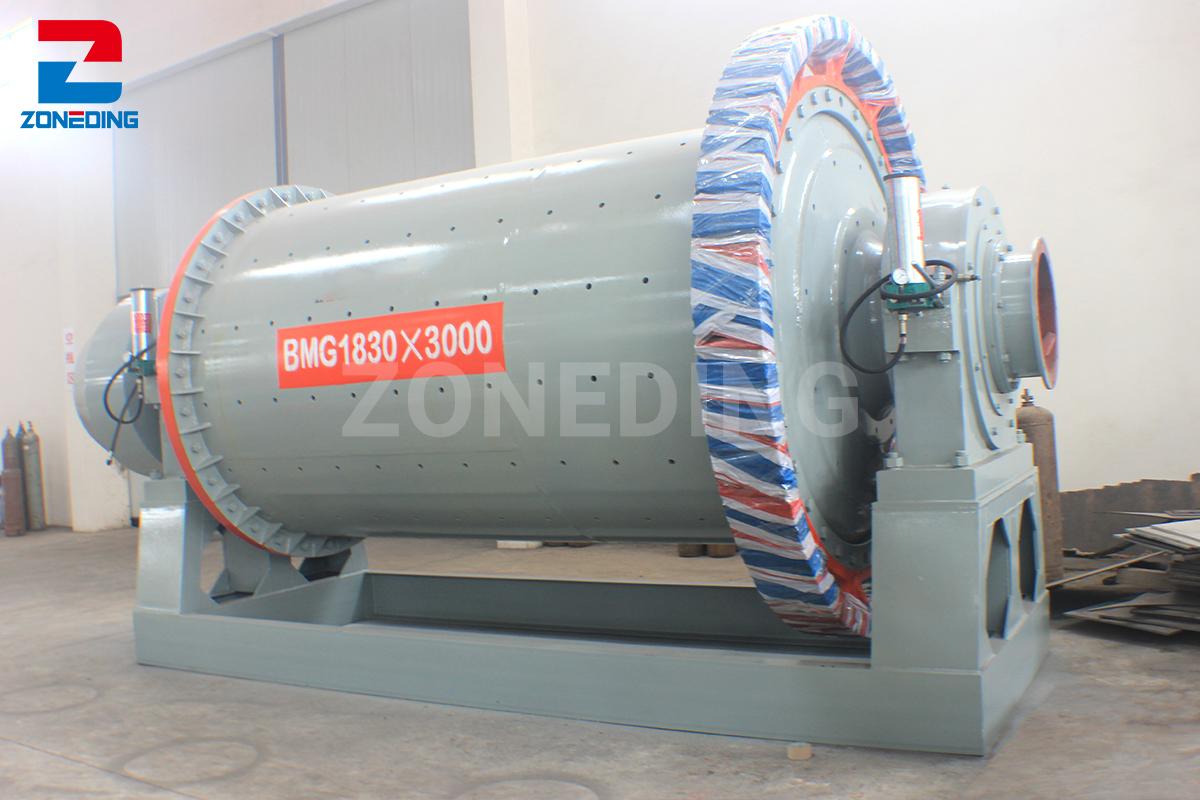Rod Mill
Rod mills are very similar to ball mills except for the use of steel rods as grinding media. In the rod mill, steel rods grind the ore by rolling and rotating. The feeding of rod mill is 50 mm, and its output particle size is -4 to 35 mesh.
Capacity
0.62-180t/h, Customizable
Feeding Size
<25mm; According to Model
Discharging Size
0.075-0.4mm; According to Model
Applicable Materials
Quartz stone, iron ore, copper ore, gold ore, construction waste, cement clinker, pyrrhotite, hematite, limonite, etc. Mainly used to smash all kinds of ores and raw materials.
Application fields of rod mill
Rod mills are widely used for ores, cement, silicate products, steel slag, building materials, refractory materials, fertilizers, glass, ceramics and other materials.
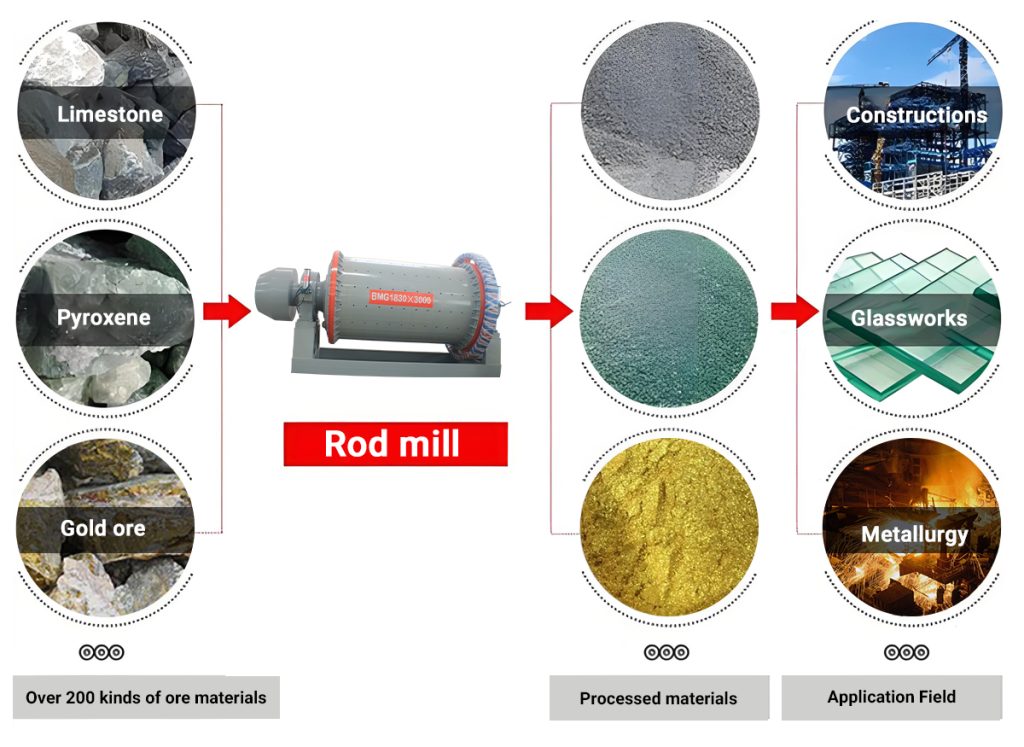
Features of Rod Mill
- High-efficiency grinding: The rod mill adopts optimized grinding media and grinding chamber design to ensure that the materials are fully ground during the grinding process and improve the grinding efficiency.
- Uniform particle size: Through the uniform distribution of rod-shaped grinding media and rotary movement, the rod mill can realize uniform distribution of material particle size, to meet the needs of different industries for particle size requirements.
- Stable and reliable: the equipment has a solid structure, smooth operation, excellent durability and stability, ensuring long-term stable operation and reducing maintenance costs.
- Energy-saving and environmental protection: the rod mill adopts advanced energy-saving technology to reduce energy consumption, and at the same time reduces noise and dust emissions, in line with environmental requirements.
- Easy to operate: the equipment is equipped with intelligent control system, which is simple and intuitive to operate, reduces the operation difficulty and improves the production efficiency.
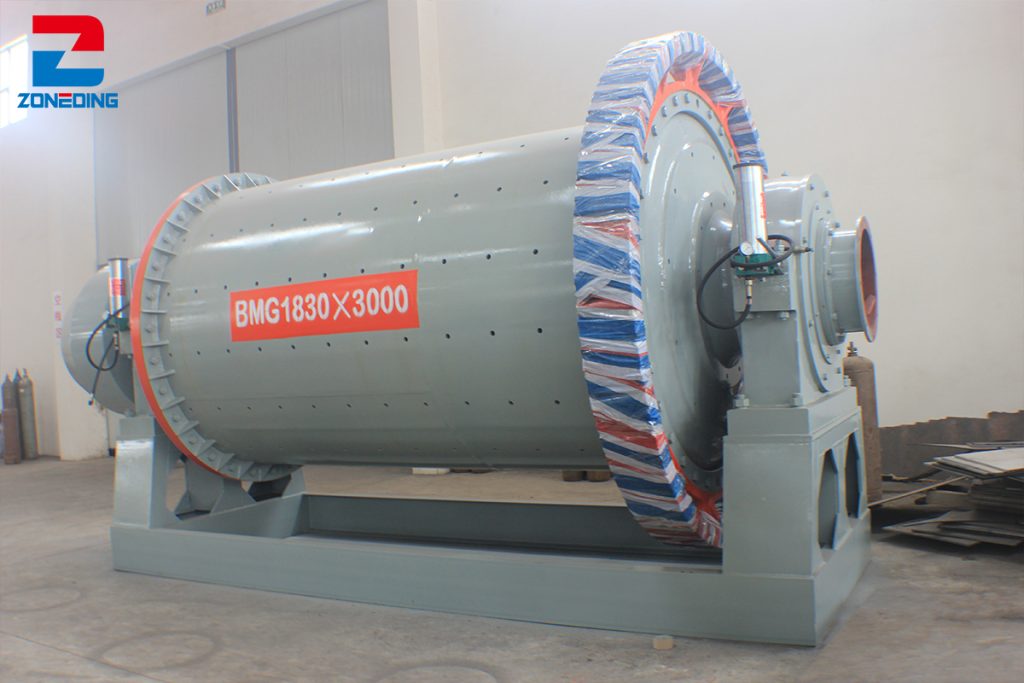

How does a Features of Rod Mill work?
The working principle of the rod mill is based on the rotation and impact action of the rod-shaped grinding media in the grinding chamber. When the rod mill starts, the motor drives the grinding chamber to rotate, and the rod-shaped grinding media moves with it. After the material enters into the grinding chamber, it is impacted and grinded by the rod-shaped grinding media, and gradually refined to reach the required particle size. At the same time, by adjusting the number, size and rotation speed of the grinding media, it can realize the precise control of the material grinding effect.
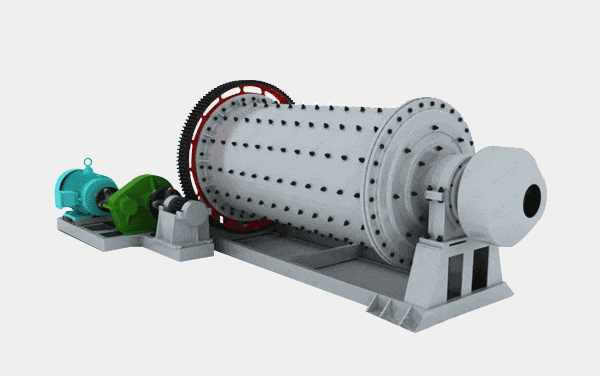
Rod Mill Process Flow
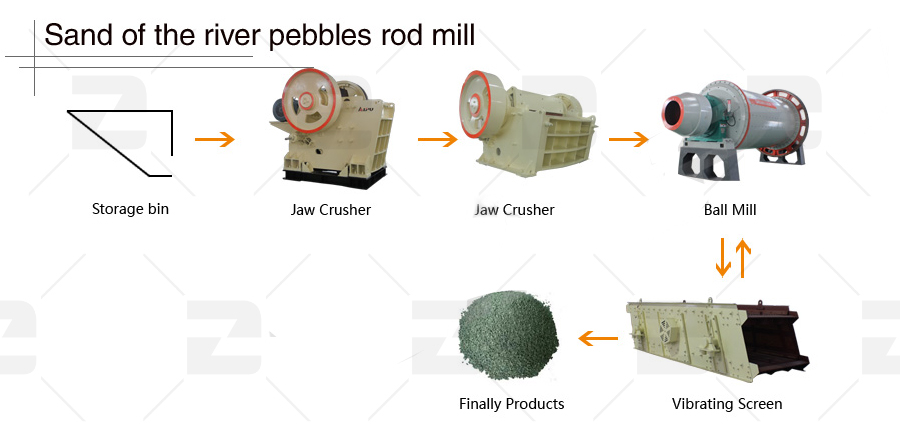
Customer Site
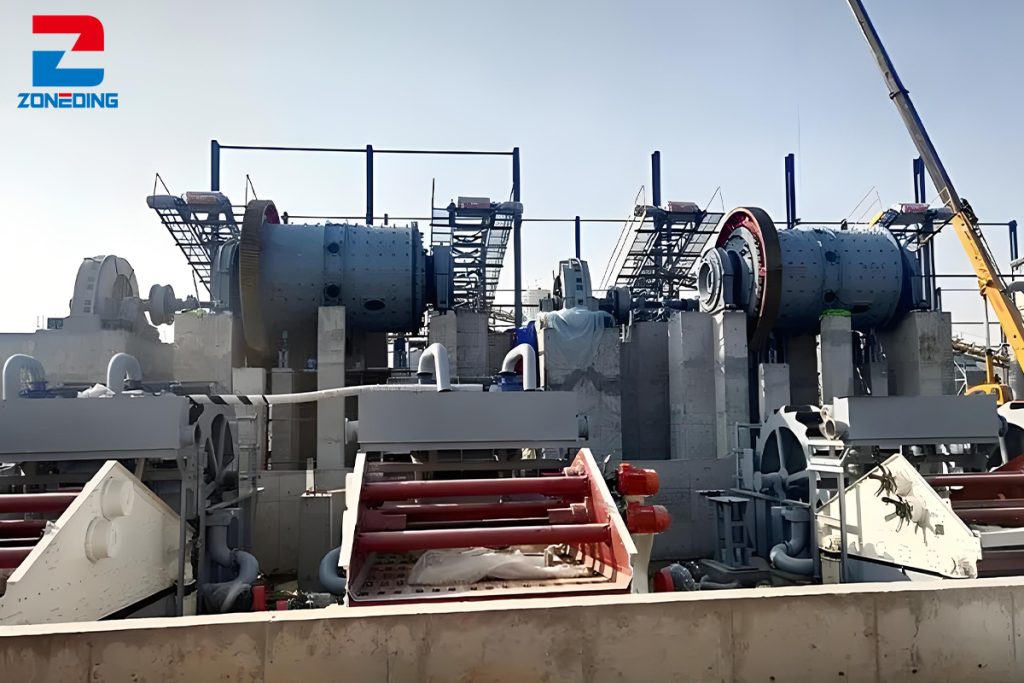
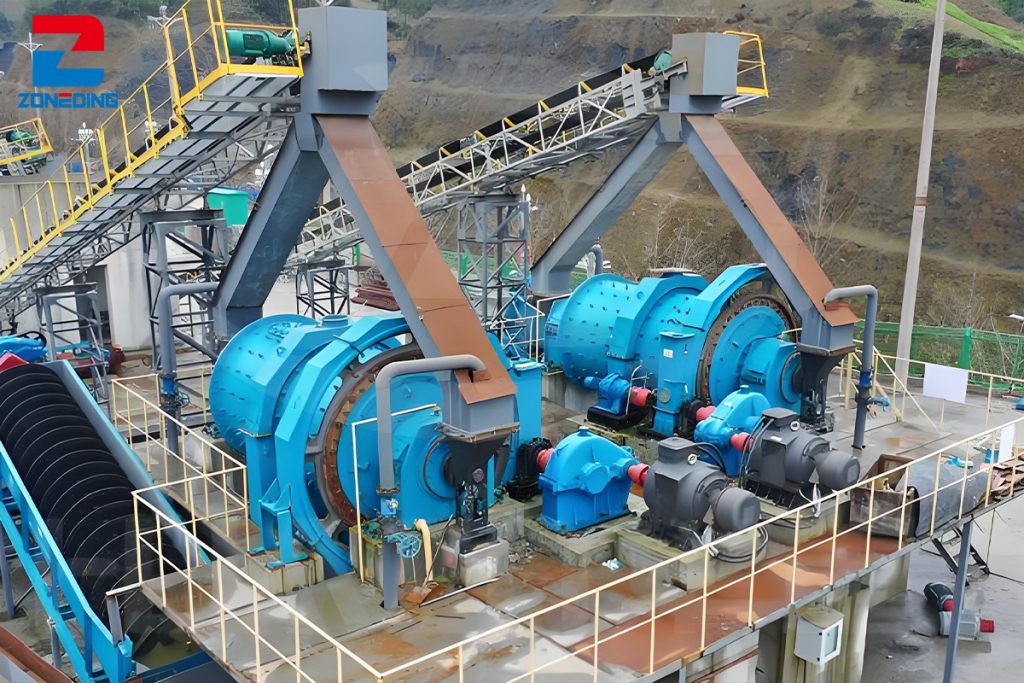
Specification
Rod mill
| Model | Shell rotation speed(r/min) | Feeding size(mm) | Discharging size(mm) | Processing capacity (t/h) | Power (kw) | Total weight (t) |
| MBS0918 | 36-38 | ≤25 | 0.833-0.147 | 0.62-3.2 | 18.5 | 5.9 |
| MBS0924 | 36 | ≤25 | 0.833-0.147 | 0.81-4.3 | 22 | 6.7 |
| MBS1224 | 36 | ≤25 | 0.833-0.147 | 1.1-4.9 | 30 | 13.9 |
| MBS1530 | 29.7 | ≤25 | 0.833-0.147 | 2.4-7.5 | 75 | 19.8 |
| MBS1830 | 25.4 | ≤25 | 0.833-0.147 | 4.8-11.6 | 130 | 34.9 |
| MBS2130 | 23.7 | ≤25 | 0.833-0.147 | 14-35 | 155 | 46.5 |
| MBS2136 | 23.7 | ≤25 | 0.833-0.147 | 19-43 | 180 | 48.7 |
| MBS2430 | 21 | ≤50 | 0.833-0.147 | 25-65 | 245 | 59.7 |
| MBS2736 | 20.7 | ≤50 | 0.833-0.147 | 32-86 | 380 | 92.5 |
| MBS2740 | 20.7 | ≤50 | 0.833-0.147 | 32-92 | 400 | 95 |
| MBS3245 | 18 | ≤50 | 0.833-0.147 | 64-180 | 630 | 149 |
 Zoneding Machine
Zoneding Machine
